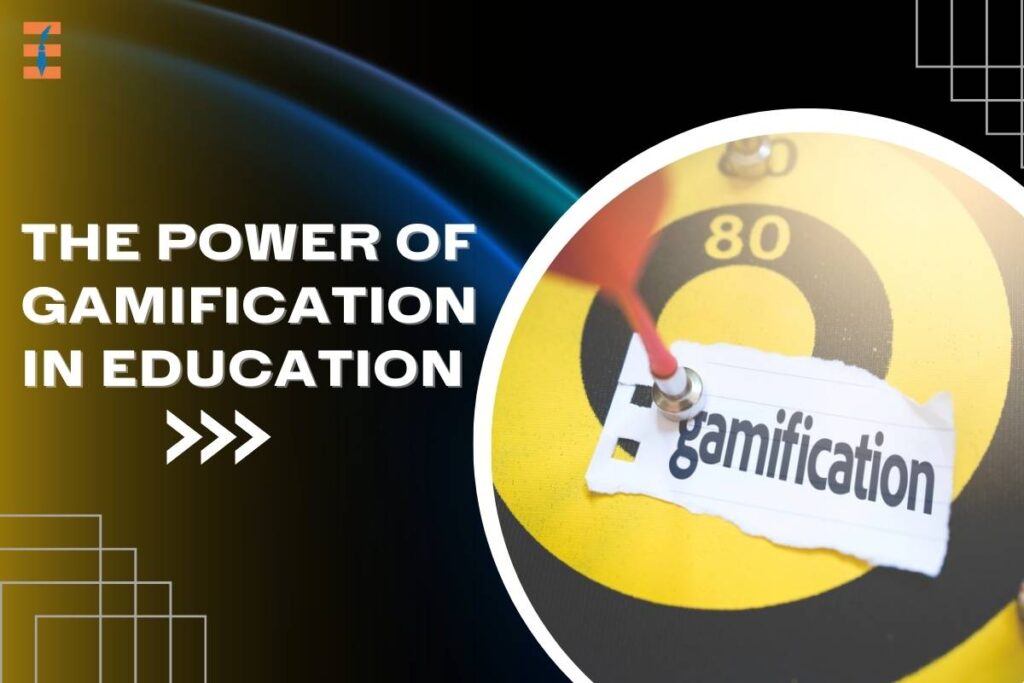In the ever-evolving landscape of education, traditional methods are making way for innovative approaches that engage and motivate learners. One such transformative strategy gaining momentum is the integration of gamification in language learning. This article explores the dynamic fusion of gaming principles and language education, unveiling the impact, benefits, and future of gamified language learning.
Understanding Gamification in Language Learning: A Paradigm Shift
It involves incorporating game design elements into non-game contexts to enhance user engagement and participation. In language learning, this means infusing educational activities with game-like features, such as points, rewards, competition, and interactive challenges. The goal is to create an immersive and enjoyable learning experience that captivates learners and fosters a positive attitude toward language acquisition.
Breaking Down Language Barriers: The Role of Gamification in Language Learning

Language learning has often been perceived as a daunting task, with challenges ranging from memorizing vocabulary to mastering grammar rules. Gamification offers a solution by transforming the learning process into a dynamic and enjoyable adventure. By introducing game elements, educators can motivate learners to actively participate, practice, and persist in their language learning journey.
The Impact of Gamification on Language Learning: Unveiling the Benefits
1. Enhanced Engagement and Motivation
Traditional language learning methods can sometimes lead to disengagement and lack of motivation. It addresses this challenge by tapping into the intrinsic motivation that games naturally evoke. Learners become active participants, driven to progress, earn rewards, and achieve in-game milestones.
2. Active Participation and Practice
Gamified language learning encourages active participation through interactive challenges, quizzes, and role-playing scenarios. Learners are immersed in real-life language situations within the game, promoting the practical application of language skills. This hands-on experience enhances retention and the ability to apply language knowledge in diverse contexts.
3. Immediate Feedback and Progress Tracking
Games provide instant feedback on performance, and this principle is seamlessly integrated into gamified language learning platforms. Learners receive immediate feedback on their language exercises, enabling them to identify and correct mistakes promptly. Additionally, progress-tracking features allow learners to monitor their advancement, fostering a sense of accomplishment.
4. Social Interaction and Collaboration
Many games incorporate social elements, and gamification of language learning is no exception. Learners can engage in multiplayer challenges, collaborative projects, or language exchange activities within the game environment. This social interaction enhances language skills and creates a supportive community of learners.
5. Adaptability and Personalization
Gamification allows for adaptive learning experiences tailored to individual learner preferences and proficiency levels. Advanced learners can face more challenging quests, while beginners can focus on foundational language skills. The flexibility of gamified platforms accommodates diverse learning styles, ensuring an inclusive and personalized language learning journey.
Key Elements of Gamification in Language Learning: Building Blocks for Success

1. Points and Rewards Systems
Points and rewards serve as motivational tools, acknowledging learners’ achievements and encouraging continued effort. Points can be earned through completing lessons, mastering vocabulary, or participating in language challenges. Rewards may include virtual badges, unlockable content, or even real-world incentives, adding a layer of excitement to the learning process.
2. Storytelling and Narratives
Games often feature captivating storylines, and integrating storytelling into language learning adds an immersive dimension. Learners embark on linguistic adventures, solving language-related challenges and progressing through a narrative that mirrors real-life scenarios. This narrative-driven approach enhances contextual understanding and application of language skills.
3. Interactive Challenges and Quizzes
Interactive challenges and quizzes simulate real-world language use. Whether it’s a simulated conversation, translation exercises, or language puzzles, these activities reinforce language concepts in a fun and interactive manner. Immediate feedback on performance reinforces learning and encourages learners to continuously refine their language skills.
4. Competition and Leaderboards
Healthy competition can be a powerful motivator. Leaderboards showcasing learners’ achievements, progress, or even friendly competitions within a language-learning community create a sense of accomplishment and drive. The competitive element adds an exciting dynamic, spurring learners to aim for excellence in their language proficiency.
5. Virtual Environments and Simulations
Creating virtual environments that mirror real-world scenarios allows learners to apply language skills in practical situations. Simulations can range from virtual marketplaces for language learners to practice buying and selling items to immersive cultural experiences. These virtual environments enhance language comprehension and cultural awareness.
The Future of Gamification in Language Learning: Innovations and Trends
1. Augmented Reality (AR) and Virtual Reality (VR)

As technology continues to advance, the integration of augmented reality (AR) and virtual reality (VR) into gamified language learning is on the horizon. Imagine exploring historical landmarks, engaging in virtual conversations with native speakers, or participating in language-based quests through AR and VR technologies.
2. Artificial Intelligence (AI) and Personalized Learning Paths
Artificial intelligence (AI) is poised to play a pivotal role in tailoring language learning experiences. AI algorithms can analyze learner performance, adapt content based on individual needs, and provide targeted feedback. This level of personalization ensures that learners receive a customized language learning journey aligned with their goals and proficiency levels.
3. Collaborative Learning Spaces
Gamification promotes social interaction, and the future of language learning may involve expansive collaborative learning spaces. Learners from around the world can join forces in virtual environments, practicing language skills, exchanging cultural insights, and collectively progressing through language-learning quests.
Conclusion: Leveling Up Language Learning
Gamification in language learning is not merely a trend; it’s a paradigm shift that holds the potential to revolutionize education. By harnessing the motivational power of games, educators can create dynamic and effective language learning experiences. As technology continues to evolve, the gamification of language learning is poised to break down traditional barriers, making the journey to multilingualism an engaging and accessible adventure for learners worldwide. So, whether you’re a language educator, a student, or someone passionate about language acquisition, embrace the gamified future of language learning and embark on a quest to unlock new linguistic horizons.
Also Read: Gamification in eLearning: 5 Best Examples










